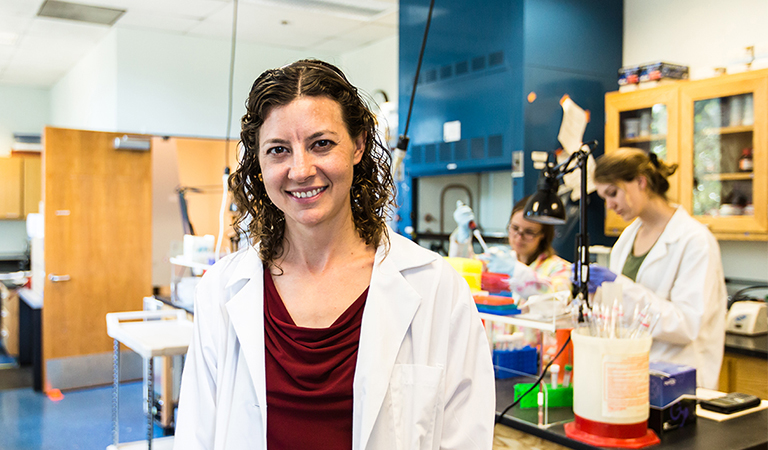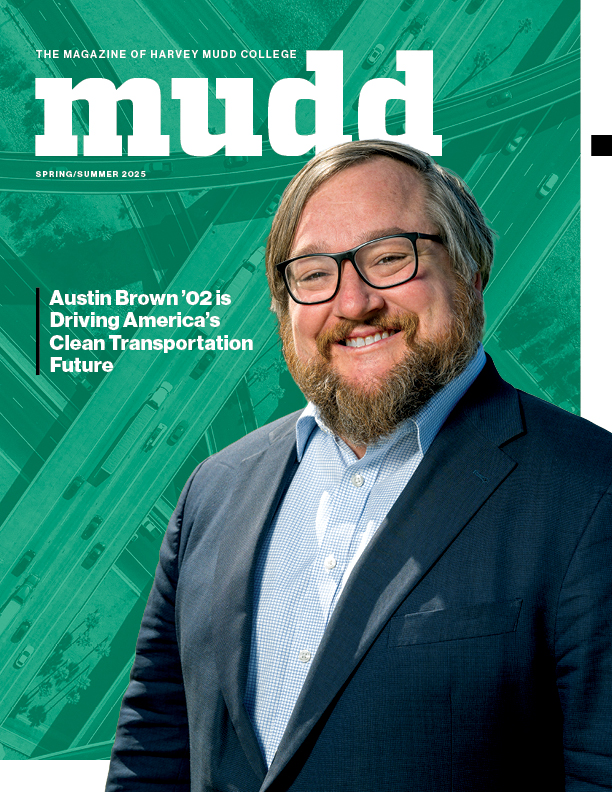Biologists Make CUT&RUN Adaptation Protocol Open Access
January 22, 2024
Researchers in biology professor Danae Schulz’s lab at Harvey Mudd College study how African trypanosomes adapt to living in different hosts: humans, hoofed animals and tsetse flies. In 2022, in the American Society for Microbiology journal mShpere, the Schulz lab was the first to report using CUT&RUN (cleavage under targets and release using nuclease), a chromatin profiling strategy used to analyze DNA-protein interactions, on African trypanosomes.
After Schulz and her students perfected their adaptation of CUT&RUN, Schulz decided to make their process public and accessible to any other scientists who might need it. The Schulz lab protocol “Adaptation of CUT&RUN for use in African trypanosomes,” is now available in PLOS ONE, an open-access journal that publishes rigorously reported and peer-reviewed research for the benefit of the wider science community.
“Adapting the technique to our parasite proved the most difficult part of this project,” says Schulz. “It was around three years of work just to get the process optimized. The CUT&RUN technique is quite a bit faster than other techniques that have been used in the past to map protein DNA interactions.”
Protocols.io and PLOS ONE spotlighted Schulz’s research in a recent interview on YouTube. Schulz describes how she and her students adapted the CUT&RUN technique for their research, what they tried that worked—and what didn’t—and why they decided to make their work open-access.
Schulz says part of her motivation for making the protocol available was the benefit to her students. “My undergraduates worked on this for years. It was really hard for us to get it working, so I thought it was nice for them to have another peer-reviewed publication out of all those efforts.” It was also important to her that her students see her model being open and explicit with new techniques as soon as possible so that other scientists can use the information in their own research.
Funds from Schulz’ Faculty Early Career Development (CAREER) grant from the National Science Foundation supported this research. NSF grants are the largest share of external support for faculty research at Harvey Mudd.
